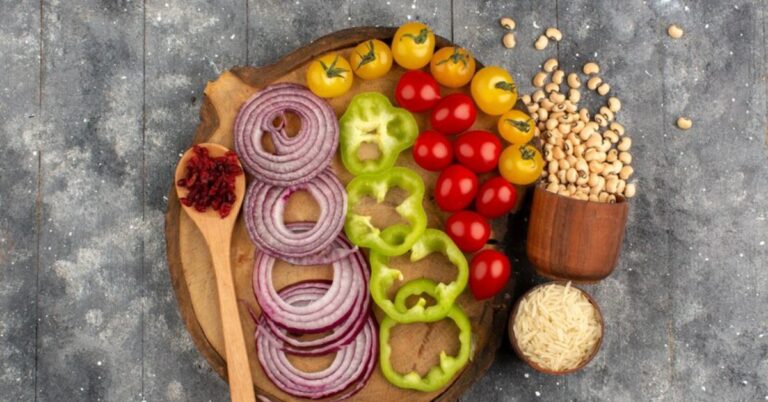Living with dysphagia doesn’t mean you have to sacrifice the taste and enjoyment of food. Whether you’re dealing with swallowing difficulties yourself or caring for someone who is, understanding the right food choices and preparation methods can make mealtimes both safer and more pleasurable. Let’s explore some excellent food options and practical tips for preparing meals that are both easy to swallow and nutritious.
Understanding Food Consistency Levels
Different people need different levels for thickening your food depending on the condition. Your healthcare provider will typically recommend which consistency is safest for you. Some people might need pureed foods, while others can handle soft or minced options. Always follow your healthcare team’s guidance. Think pudding, honey, or nectar-like consistencies.
Best Soft Food Options
Dairy products are excellent choices for dysphagia-friendly meals. Greek yogurt, cottage cheese, and smooth puddings provide good nutrition and are naturally easy to swallow. Well-cooked cereals like oatmeal and cream of wheat, when prepared to the right consistency, offer familiar comfort foods that are safe to eat.
Protein-Rich Choices
Getting enough protein is crucial. Here are some dysphagia-friendly protein options:
- Smooth, well-blended hummus provides plant-based protein and healthy fats
- Pureed meats, when properly prepared with adequate moisture, can be both safe and satisfying
- Silken tofu blends easily into smoothies or can be eaten on its own with seasonings
Fruits and Vegetables Made Easy
Most fruits and vegetables can work well for people with dysphagia when properly prepared. Applesauce is a classic choice, but don’t stop there. Steam and puree vegetables like carrots, squash, or sweet potatoes. Add milk or broth to achieve the right consistency. Bananas can be mashed with yogurt for a nutritious snack. Remember that fibrous vegetables need thorough cooking and pureeing to be safe.
Thickening Tips and Techniques
Getting the right consistency is crucial for safe swallowing. Commercial thickeners are available and come with specific instructions. Start with less thickener than you think you need – you can always add more. Natural thickening agents like mashed potato flakes or pureed white beans can work well in savory dishes. For sweet dishes, instant pudding mix can serve as both thickener and flavoring.
Seasoning and Flavor Enhancement
Just because food needs to be modified doesn’t mean it should be bland. Herbs and spices can be ground finely and incorporated safely. Broths and gravies not only add flavor but help achieve proper consistency. Consider temperature as well – sometimes slightly warmer or cooler foods are easier to detect in the mouth, making swallowing safer.
Making Mealtimes Enjoyable
The creation of visually appealing plates matters, even with modified foods. Use different colored purees to create contrast on the plate. Molding pureed foods can help maintain the appearance of regular meals. Take time to garnish appropriately with smooth sauces or finely ground herbs. Maintaining a regular dining schedule in a calm, pleasant environment can help reduce anxiety around mealtimes and promote better eating habits.
Managing dysphagia requires attention to detail and careful food preparation, but it doesn’t mean sacrificing your enjoyment of meals. You can create safe, nutritious, and appetizing dishes with the right techniques and food choices. Remember to always follow your healthcare provider’s guidelines about food consistency, and don’t hesitate to experiment with different flavors and presentations within those parameters. The key is finding what works best for you while maintaining safety as the top priority.

